Unraveling the Thermodynamics Properties of Rare-earth Reverse Micelle Involved in Separation Chemistry: A Multi-scale Approach
Résumé
Recycling of metals, such as rare earths, into valuable material relies on ion specific separation, basis of the hydrometallurgy [1]. Most of efficient methods known for separating ions are based on equilibria between complex fluids, typically between aqueous and organized organic phases. Indeed, ions migrate from the aqueous to the organic phase thanks to surfactant or extractant molecules in the organic phase, and then are captured in reverse micelles. Understanding the driving forces of the ion transfer is therefore a crucial issue to understand the properties of liquid-liquid interfaces between organic and aqueous phases, but also to assess the chemical potentials of the compounds involved.
Here, we propose multi-scale approaches for calculating thermodynamics properties of ions in organic phase directly comparable to the experiments only by taking into account the molecular properties of the solutes with no adjustable parameters. Thermodynamics and elastic properties in organic phase have been deduced from umbrella-sampling molecular dynamics simulations. We demonstrated that molecular complexes formed during solvent extraction self-assemble as reverse micelles, and therefore induce a supramolecular organization. In most of the cases, water molecules play an essential role in the stability of such aggregates in this non polar medium [2]. We also pointed out that the length of the solvent’s aliphatic chains has a minor effect on the elastic properties of the polar core of the aggregate, i.e., the spontaneous packing parameter and the effective bending rigidity [3,4].
Coupling these molecular properties with a mesoscopic water/oil interface model based on the microemulsion theory allows for accessing all the thermodynamic properties needed for chemical engineering, e.g., activity coefficients, association constants, ternary phase diagrams [5].
References:
[1] Th. Zemb, C. Bauer, P. Bauduin, L. Belloni, C. Déjugnat, O. Diat, V. Dubois, J.-F. Dufrêche, S. Dourdain, M. Duvail, C. Larpent, F. Testard, S. Pellet-Rostaing, Colloid Polym. Sci., 2015, 293, 1.
[2] Y. Chen, M. Duvail, Ph. Guilbaud, J.-F. Dufrêche, Phys. Chem. Chem. Phys., 2017, 19, 7094.
[3] M. Duvail, S. van Damme, Ph. Guilbaud, Y. Chen, Th. Zemb, J.-F. Dufrêche, Soft Matter, 2017, 13, 5518.
[4] S. Stemplinger, M. Duvail, J.-F. Dufrêche, J. Mol. Liq., 2022, 348, 118035.
[5] S. Gourdin-Bertin, J.-F. Dufrêche, M. Duvail, Th. Zemb, Solv. Extr. Ion Exch., 2022, 40, 28.
